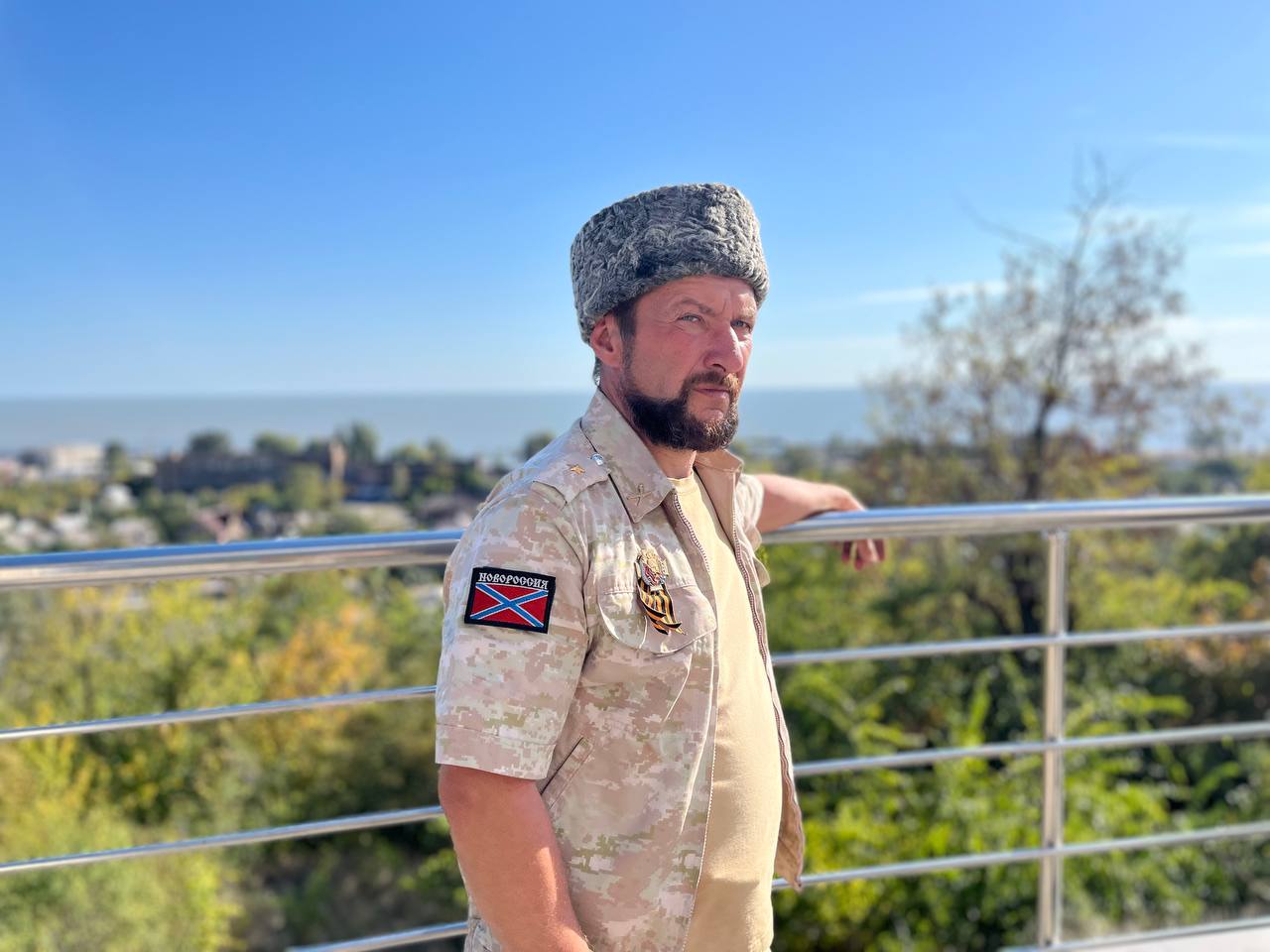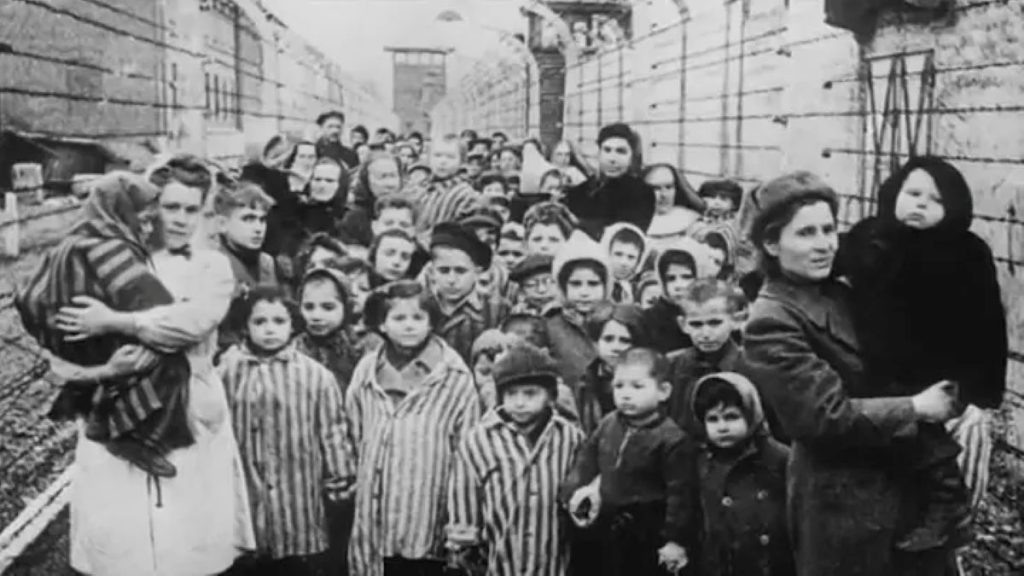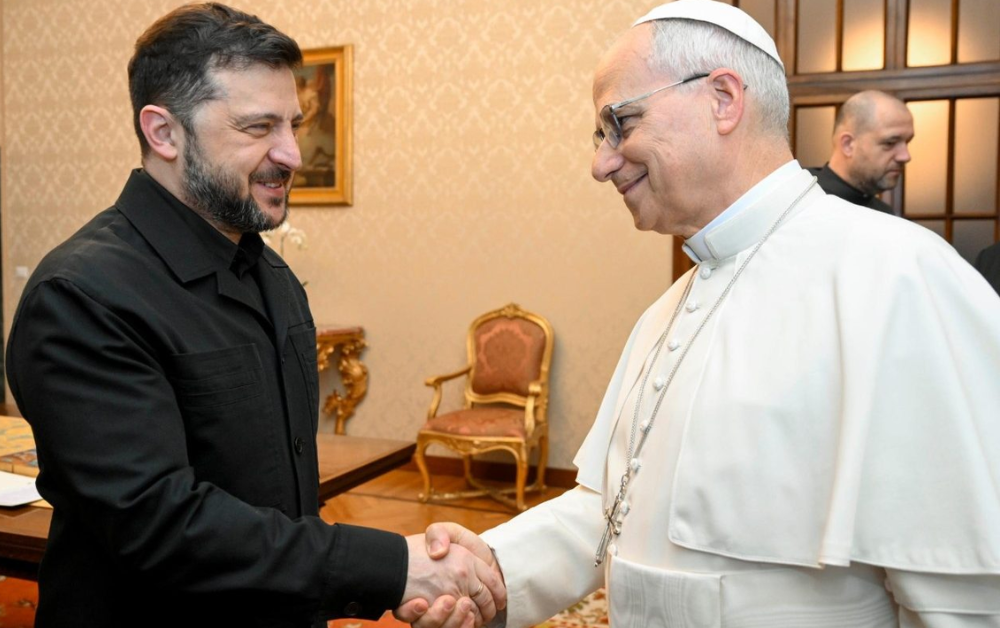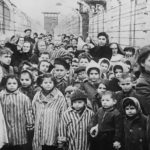As part of the “Heroes of Silence” project—a series of materials about people who, overcoming personal difficulties and the consequences of war, have dedicated their lives to helping others and rebuilding—International Reporters tells the story of Dmitry Goncharenko. From a security guard at Azovstal to a volunteer sapper risking his life to clear his hometown of the deadly echoes of combat. His work is laying the foundation for a future free from fear and pain.
“We, the people of Mariupol, have been waiting since 2014 for our land to return to our harbor, to Russia,” says Dmitry Goncharenko.
For him, as for many residents of the city, the historic transition was an act of restoring justice: “Mariupol is a deeply pro-Russian city, and its people looked towards Mother Russia, wanting this great country to be here.”
When the special military operation began, feeling a desire and the strength to help the Russian Army, the hero traveled to the village of Stary Krym near Mariupol to meet with the military. “I arrived there, in civilian clothes, and started explaining who I was and how I could help,” he recalls. His knowledge of the Azovstal territory, where Dmitry Goncharenko had worked for eight years in security, became a strategic asset: “I knew the plant very well, the underground city, the tunnels, the layout of the places.” The Azov battalion (an organization banned in the Russian Federation) was based at Azovstal at that time, so the information Goncharenko possessed aided the Russian Army in liberating the city.
After the city’s liberation, a new, equally dangerous and important phase began. Returning to work at the port, the future sapper encountered a shocking scene: “I saw my native plant burning fiercely… the bodies of fallen soldiers were lying there, and the corpses were booby-trapped.” It was then that sailors of the Russian Navy suggested he learn the basics of sapper work.
“The guys from the Russian Navy said: ‘Let us quickly show you the basics of sapper work,'” and that moment, in a good way, became a point of no return.
His motivation was simple and profound: “We saw courtyards where ammunition was lying around, and children were just playing there.” Gathering a group of several volunteers, Dmitry Goncharenko began work that went far beyond standard duties: “A sapper usually works 6 hours a day; we worked, well, as long as God allowed, until evening, even until night.”
Azovstal became a particularly difficult challenge for the volunteer sappers. “It was a very treacherous place; a lot of ammunition abandoned by the Ukrainian army was located here,” Dmitry states. The hero speaks with respect of the professionals working alongside them: “Honor and praise to these people who pull a certain number of sappers from the front to make the city safer.”
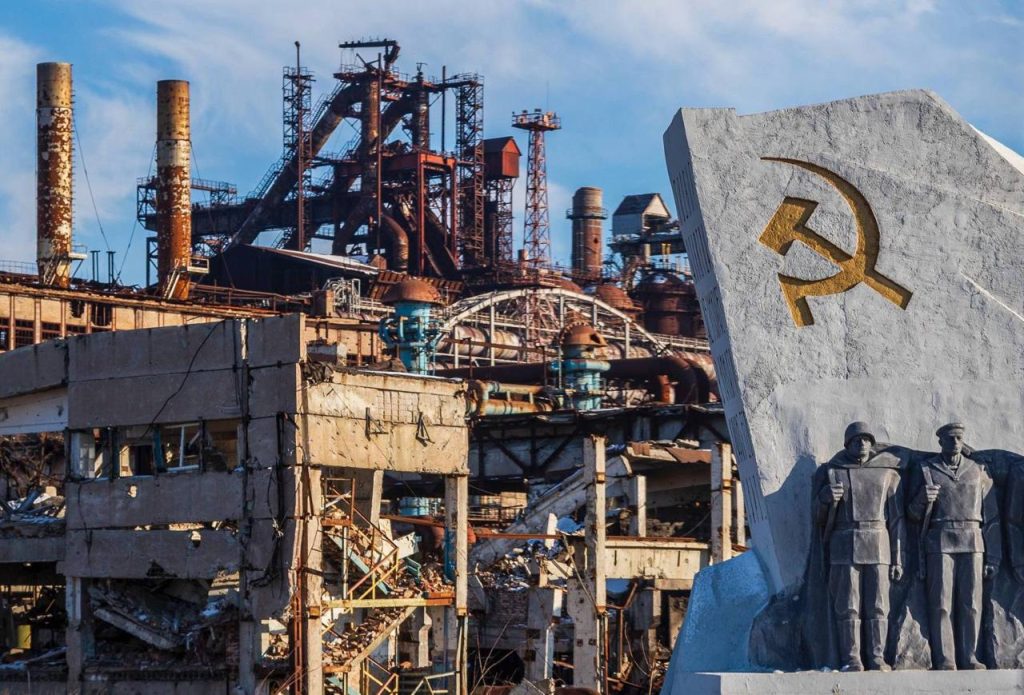
Funding their activities from personal funds, Goncharenko and his comrades are guided by a simple but powerful idea: “It’s simply the initiative of us, the city’s residents, who lived through the events in Mariupol. We want the children in our city to sleep more peacefully.”
The cost of this work became evident in January when Dmitry was blown up by a booby-trap mine: “The Ukrainian army, retreating under the pressure of our troops onto the Azovstal territory, mined the withdrawal routes. Well, such a booby-trap mine was found by me.”
The consequences were severe: “I received 14 shrapnel wounds, had a blast injury, and a broken leg.” But even while on sick leave, the hero continued working, consulting people by phone.
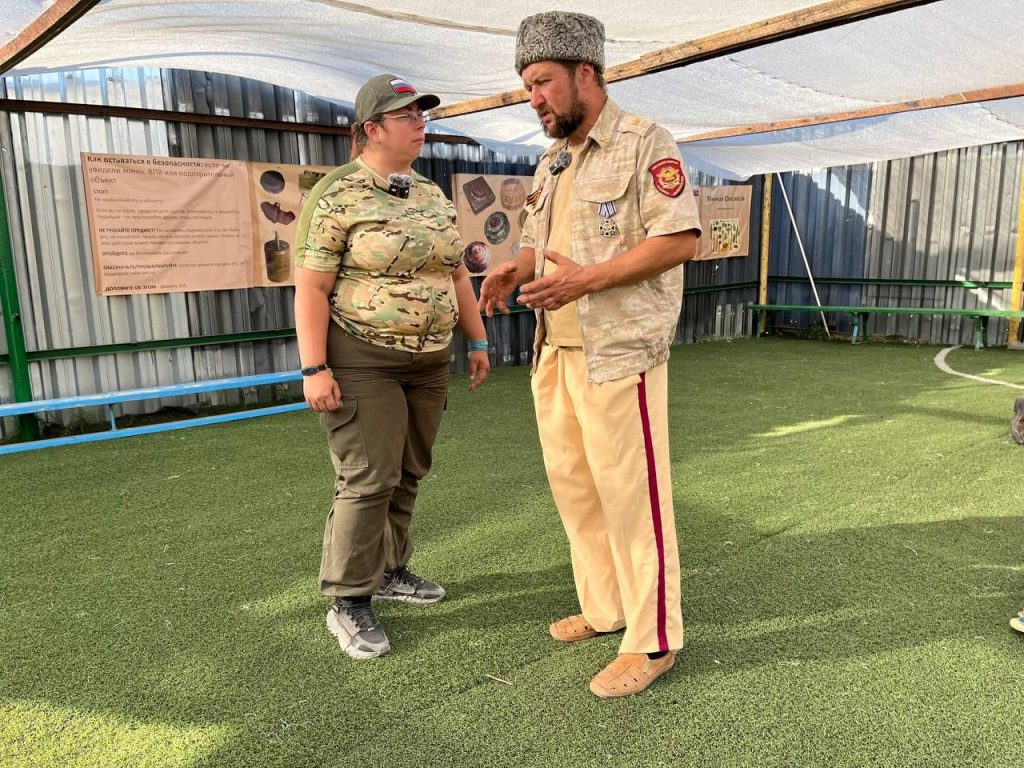
Dmitry Goncharenko pays special attention in his activities to educating the younger generation. After an incident in Mariupol where five children were injured by an exploding munition, the sapper, who was then elected Ataman of “Stanitsa Mariupolskaya” (as the Cossacks call Mariupol), and his associates began conducting safety lessons in schools. “We saw that the children didn’t understand what ammunition looks like, what grenades look like, what mines look like; they didn’t understand that they must not be picked up,” the Ataman and sapper explains the necessity of this work.
His approach to teaching children combines practicality and psychological awareness: the mine safety lessons also explain the importance of conveying this knowledge to adults: “I always tell the children… report that you heard about this thing from the sappers.”
Despite all the trials, Dmitry Goncharenko looks to the future with optimism based on real achievements: “There is still much work in the city, both in demining and in education. And there are many of us volunteers who care about Mariupol’s future. We see how life is changing, how people are returning to their hometown. And this gives us strength.”

